As Office Pipeline Shrinks, Existing Class A Buildings Should Benefit
In the flight to quality, there are fewer prime spaces to fly to.
CBRE Econometric Advisors reports that in the first quarter of this year, trophy or “prime” office space had a vacancy rate of 14.8 percent, 4.5 percentage points lower than non-prime space, and prime space rents were 84 percent above the market average.
Further, prime buildings recorded 48 million square feet of positive net absorption from Q1 2020 to Q1 2024, while non-prime buildings recorded 170 million square feet of negative net absorption.
So, while it’s clear where the future of traditional office investment and development lies, Cushman & Wakefield Research shows that the nation’s pipeline is at its lowest in more than a decade, with 50 million square feet under construction in the new year. Completions are expected to slump further, more than halving in 2025, and falling to below 10 million square feet per year from 2026 through 2028.
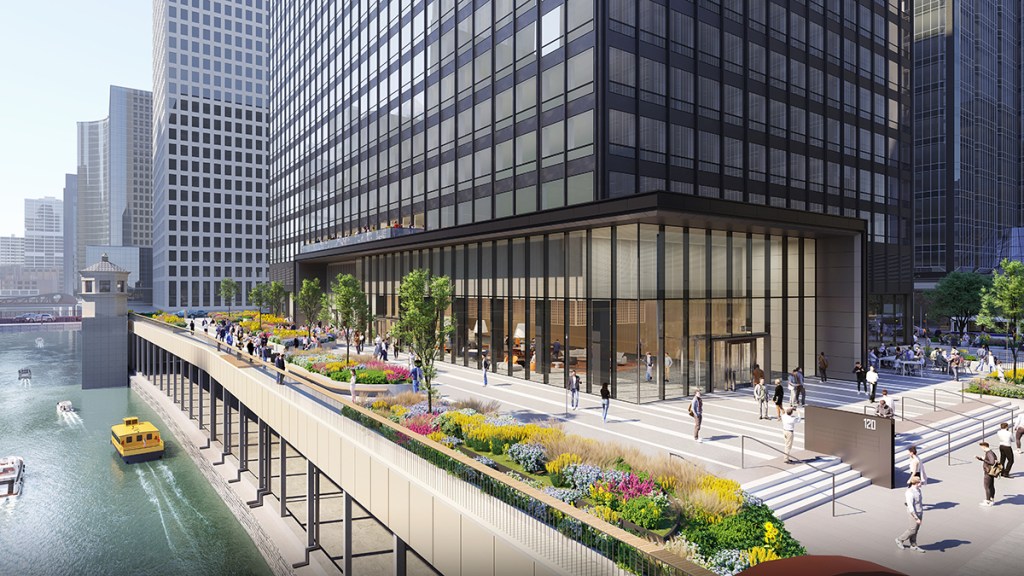
As the crème de la crème space dwindles, the beneficiaries of these dual conditions will mostly be the next tier of Class A properties that can offer a comparable experience.
“You have the highest quality space that is very much in demand, where rents continue to go up, and where there is a fair amount of absorption,” said David Smith, the firm’s head of Americas insights, of the current “trifurcation” of office space. “You have stuff in the middle, which might do okay, but is very commodity based, and then you have things that might not be structurally or functionally obsolete but are competitively obsolete; the bottom of the product line.”
Use what you’ve got
Some owners have taken to upgrading existing well-located properties for the express purpose of offering a similar, yet more accessible experience compared to new prime space.
Carr Properties has an entire product class dedicated to this task that it calls Premium Plus: not quite at the level of the trophy towers but potentially attractive to tenants seeking to lease similar space at a discount. “If you think the trophies (are) pretty full, which they are, we think the next tier down will benefit from future demand and we want to position it that way,” explained Oliver Carr, the company’s CEO.
In practice, this means having a relatively recently constructed, centrally located building that the firm upgrades with many of the trappings of contemporary Class A office buildings. Carr will upgrade lobbies and office suite layouts, and add additional amenities such as fitness centers, green space and on-site dining offerings.


“It starts with the location and then the structural fundamentals of the building so that we can achieve an efficient layout for today’s tenants,” Carr added.
With a similar philosophy, CDPQ, the parent company of Ivanhoé Cambridge, in a joint venture with Hines, is redeveloping Chicago’s 10 and 120 S Riverside Plaza, two 21-story office properties built in the 1960s. The firms are redeveloping the building’s interior and exterior walkways along the Chicago River, in addition to adding amenities, including a tenant lounge, fitness center and wellness center, according to Chicago YIMBY. “It’s not necessarily brand new, but more like the best of the rest,” said Jonathan Pearce, CPDQ’s head of U.S. investments, office and life sciences.
For Pearce, it’s a matter of “transcending the wave of obsolescence,” in both a building’s location and its physical characteristics. Properties located in or near a central business district and within spitting distance of public transportation, with 9- to 13-foot ceilings, and columnless window lines are prime candidates given tenant preferences for more open spaces and natural light.
However, the renovation process can be labor- and capital-intensive and may involve a bit of luck considering the mechanical overhauls required of some buildings, and the fact that walls housing sensitive plumbing and electrical equipment may need to be rearranged.
“It’s a fairly material intervention, Pearce said. “You are digging into the structure of the building and are doing something that is much more surgical, but if you’ve got the clear heights and a location to take your rents from $25 to $35, you have the basics of a fairly compelling investment thesis,” he added.
Getting ahead of the curve
Moving forward, office developers, owners and operators not only have to compete with each other, but they have to make a case for the office itself. Therefore, there will be a heavy focus on amenities.
“People generally want higher quality space, and with a very tight labor market, people can vote with their feet,” noted Pearce.


They will also be emphasizing mixed-use. “People are saying live work play, and it became an expression that many are becoming tired of,” explained Thomas Lee, chief investment officer at Trammell Crow. “But if you look at the data today, that is becoming more and more important every moment you look at a development or investment; you are doubling down on that.”
The proof is in the pudding. Across 15 different cities surveyed by CBRE Research, mixed-use districts such as Manhattan’s TriBeCa, DC’s The Wharf and Miami’s Brickell all boast vacancy rates that are three to four times lower than downtown, with some going into the low single digits.
Therefore, astute developers are building new office space alongside projects that include residential and retail space. One such project is Hoboken Connect, a transit-oriented mixed-use project in the New Jersey City of the same name includes a 386-unit apartment tower, a 704,355-square-foot Class A office tower and 5,000 square feet of retail space, all connected to NJ Transit’s Hoboken Terminal.
LCOR, the project’s developer, is viewing the office space being built in the context of its surroundings. Hoboken is roughly 20 minutes away from Midtown Manhattan, with average rents of $38 compared to the latter’s $83, according to CommercialEdge. “We are a significant discount to those (rents), but what we are offering is a commute that is on par with lower Manhattan to Midtown,” explained Brian Barry, a senior vice president at the firm.
But LCOR knows that for this project to compete with Midtown’s spaces, prospective office tenants need to see something beyond a shiny glass tower. “What we are looking at today is the construction of the residential building, alongside the implementation of those public infrastructure improvements, and we are advancing that simultaneous with our preleasing of the office space,” Barry said.
At the same time, Barry is aware of the structural difficulties that the office sector faces. “While we are actively out in the market looking for tenants to prelease the space, everything else around it is being developed,” Barry noted. “They can see what the space will become, and what the experience will be.”

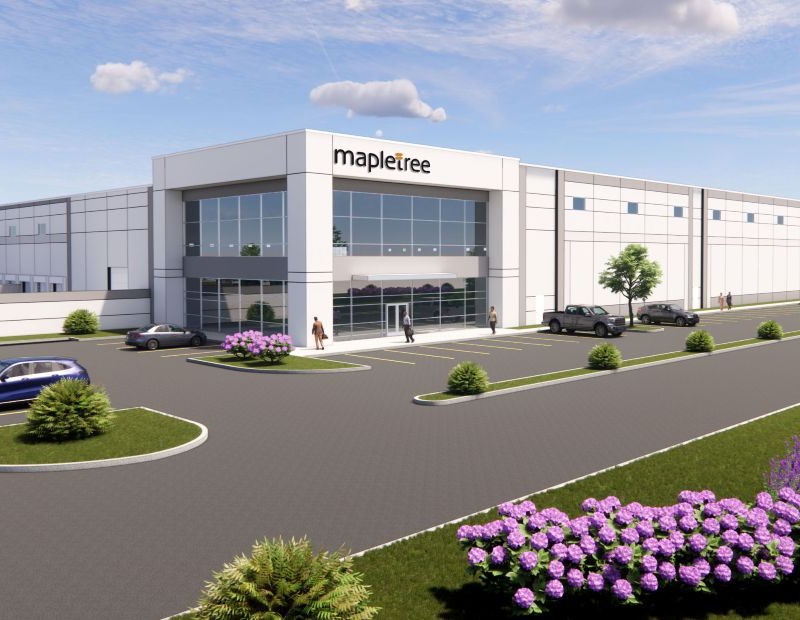
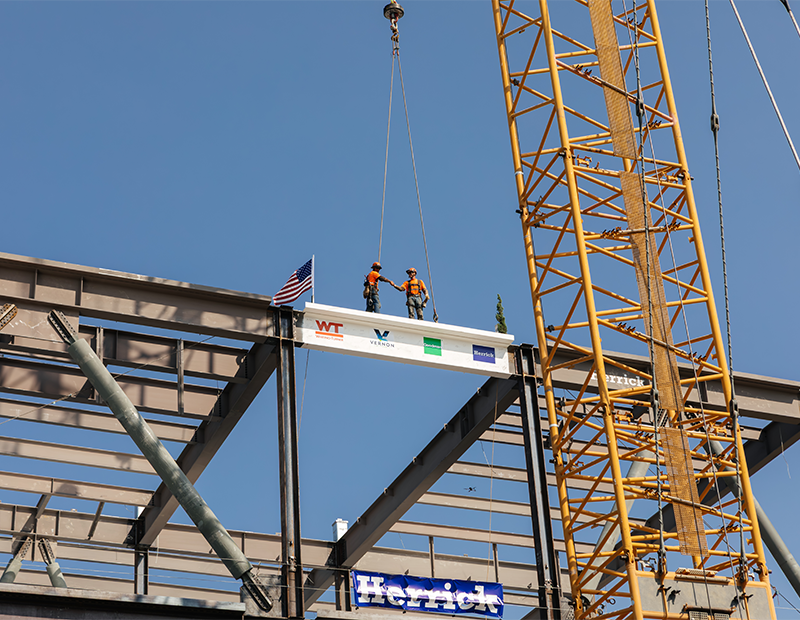
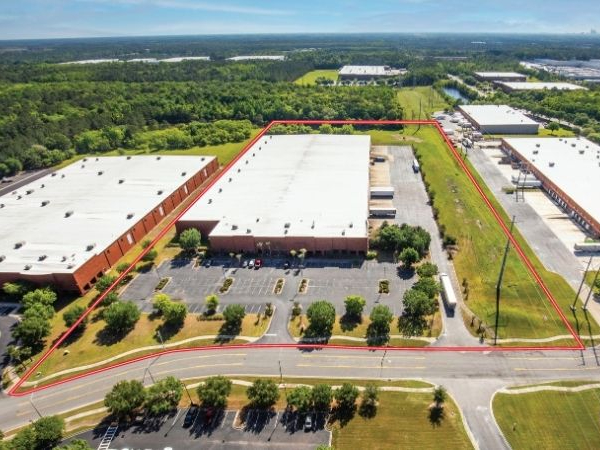

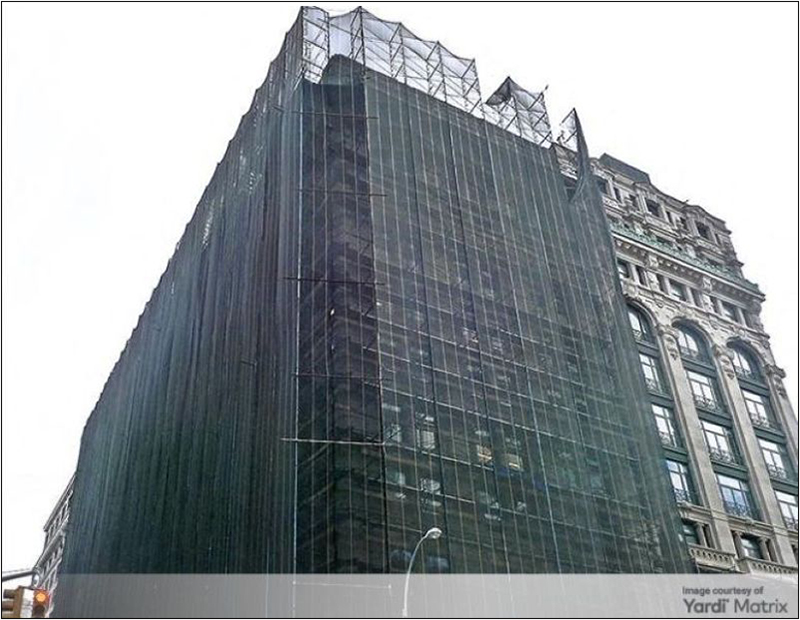
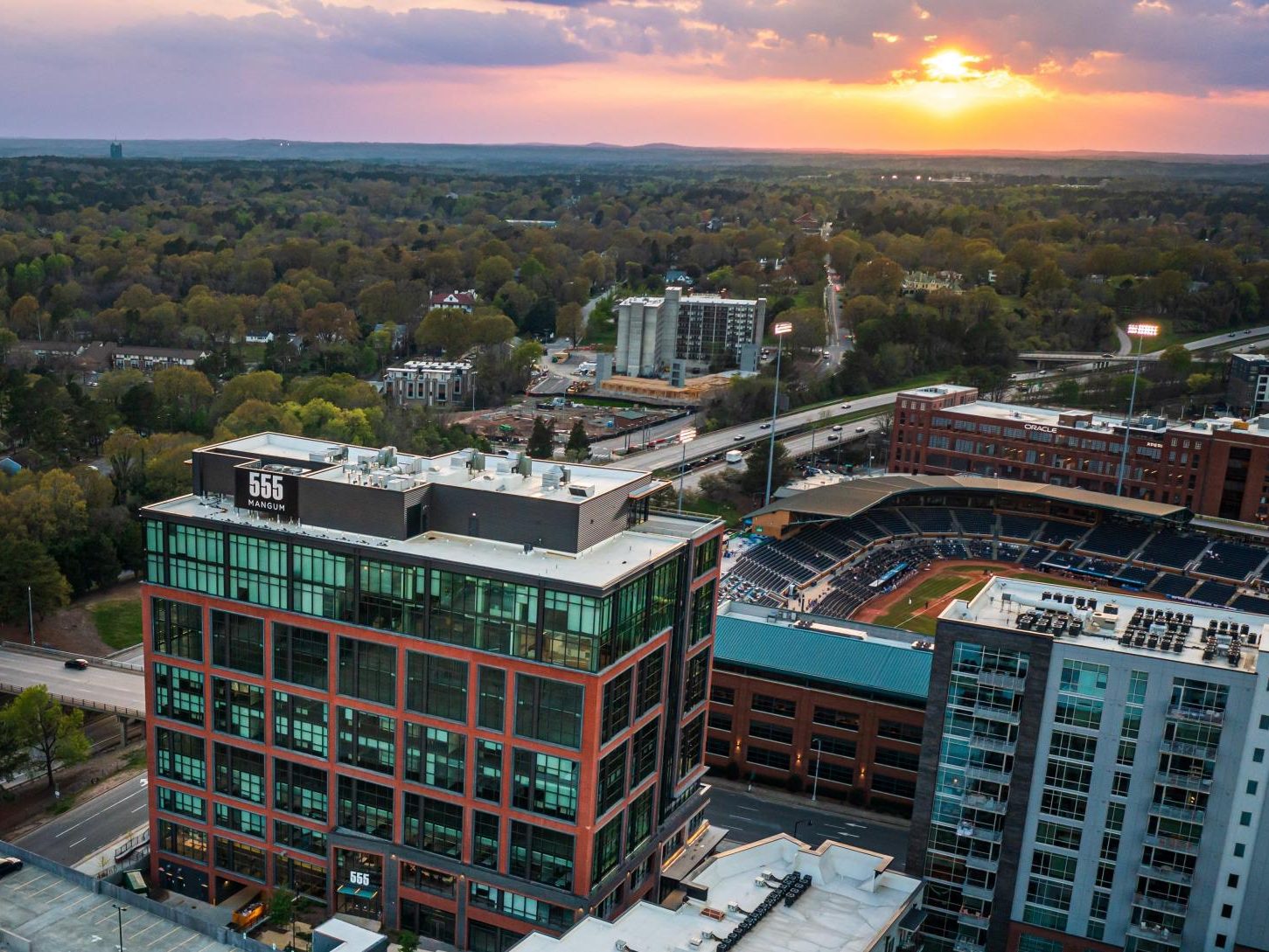

You must be logged in to post a comment.